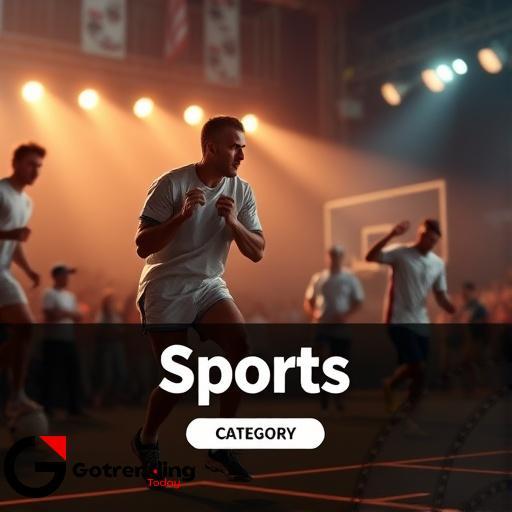In today’s fast-paced and digitally driven society, maintaining physical well-being has become increasingly essential. Physical activity, whether recreational or competitive, plays a pivotal role in promoting overall health, building community, and instilling values of discipline, perseverance, and teamwork. As lifestyles shift further toward sedentary habits, the importance of incorporating physical routines into daily life cannot be overstated.
From childhood through adulthood, engaging in physical pursuits fosters not only stronger bodies but also sharper minds. Children who participate in active play and organized physical activities often exhibit improved cognitive performance and emotional stability. These early experiences can shape long-term habits, encouraging individuals to lead balanced and health-conscious lives. Schools and parents alike are recognizing this influence and advocating for robust physical education programs.
Beyond childhood, active lifestyles serve as critical components of adult health. Regular movement helps mitigate risks associated with chronic conditions such as heart disease, diabetes, and obesity. It enhances cardiovascular function, regulates metabolism, and supports mental health by reducing stress and anxiety. As awareness grows, more adults are integrating physical practices into their routines, whether through morning jogs, group fitness classes, or weekend hikes.
Moreover, the communal aspect of organized activities cannot be overlooked. Whether it’s a local amateur league or a global competition, participating with others creates bonds that transcend individual differences. Shared goals, collective efforts, and mutual support foster unity and deepen relationships. Community-based initiatives have especially gained traction in urban areas, offering accessible platforms for residents to engage with one another through physical pursuits.
While individual motivation is essential, the infrastructure that supports physical engagement significantly influences participation rates. Public parks, walking trails, recreation centers, and accessible gym facilities all contribute to an environment that promotes activity. City planners and policymakers play an important role in designing inclusive and safe spaces that encourage active living, making it easier for people of all ages and abilities to stay physically engaged.
The psychological benefits of physical activity are equally compelling. Studies consistently highlight the connection between movement and mental clarity. Physical exertion stimulates the release of endorphins, which act as natural mood enhancers. Individuals who maintain regular physical habits often report improved sleep, heightened focus, and greater resilience to daily challenges. These advantages contribute to a stronger sense of well-being and personal fulfillment.
As digital technologies continue to dominate daily life, concerns regarding screen time and inactivity have surged. Many individuals now spend significant portions of their day seated—whether working at desks, commuting, or engaging with screens. This shift has prompted health experts to emphasize the dangers of prolonged sitting and the need for routine movement. Even small adjustments, such as standing desks or short walk breaks, can have measurable health benefits.
Innovations in wearable technology have also played a transformative role in promoting movement. Devices that track steps, monitor heart rate, and provide real-time fitness feedback have empowered users to take greater control of their physical health. These tools serve not only as motivators but also as reminders of the body’s needs, helping individuals stay accountable to their personal health goals.
Meanwhile, the entertainment industry has embraced physical activity as both a spectacle and an inspiration. Documentaries and biopics about iconic athletes, dramatized competitions, and behind-the-scenes narratives have brought the world of competitive physical endeavor into homes worldwide. These portrayals highlight the intense dedication, sacrifices, and mental toughness required to reach the pinnacle of performance, offering valuable lessons for anyone pursuing excellence.
The influence of high-profile figures who advocate for wellness has also spurred global interest in active living. Athletes, fitness influencers, and celebrities frequently share insights into their routines and philosophies. Their visibility helps demystify what it takes to stay active and can inspire broader audiences to take that first step toward a healthier lifestyle. Social media platforms serve as powerful tools in this regard, fostering communities centered around movement and mutual encouragement.
Educational institutions and workplaces are increasingly aware of the importance of supporting physical engagement. Schools that prioritize recess and physical education report higher levels of student satisfaction and performance. Likewise, companies that encourage movement—through wellness programs, standing meetings, or in-office fitness facilities—see improvements in employee morale, productivity, and overall health outcomes. Investing in physical well-being is proving to be a smart strategy for long-term success.
In the realm of global events

